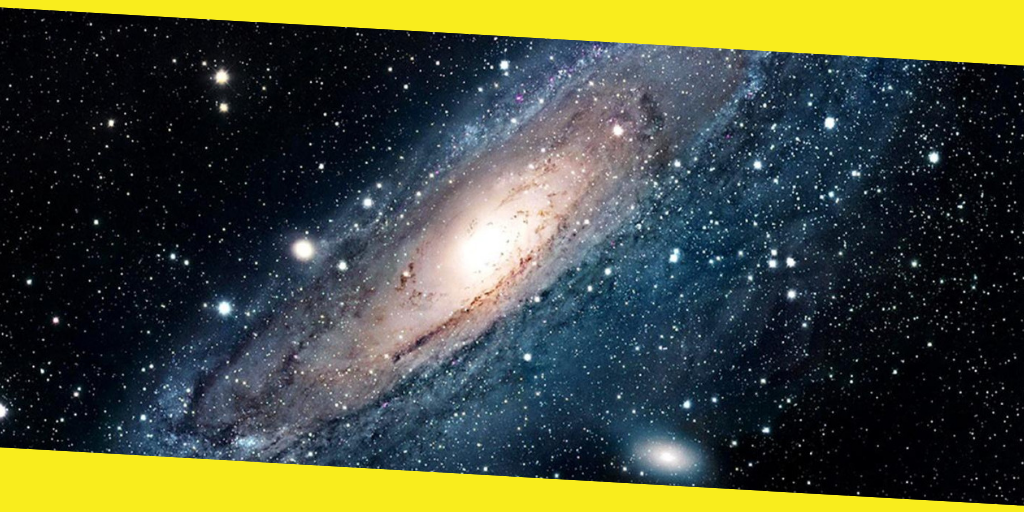7 Incredible Things about Stars That Will Impress Every Camper

I believe camping and stargazing go hand-in-hand. I have been a stargazer for a few years now, and from Nova Scotia, to the Atacama Desert I have roamed just to witness the unbridled glory of a night sky. There is something magnetic about the way stars shine, refusing to be consumed by the darkness of night sky. For me, those little jewels glistening in the dark are alone a reason to stay alive. I could ramble about the beauty of stars for hours and hours, so let’s get to the point.
Being a stargazer, I have read quite a few astronomy books which have given me the basic knowledge about celestial bodies. And while I can’t get enough of watching Netflix, every now and then I watch a couple of documentaries about outer-space. (Secretly wishing Tony Stark made me a suit as well, as he made for Peter!)
Anyway, I have learned a lot about the stars, but my memory could retain only a few of those facts. But worry not, those are literally the most jaw-dropping pieces of information you’ll come across! Alright, I’ll stop overselling it and get to the facts now. Here’s the list:
Contents
Toggle1. Our Sun is NOT special!
Do you know any belittling narcissist that needs to be humbled? Well, have them sit with you and tell them how ginormous our universe is and that their ego should be vice versa. Did you know that our sun happens to be one of the other 100 billion stars in the Milky Way galaxy? That’s right; there’s absolutely nothing special about the sun.
In fact, it is a small-sized star compared to other stars in our galaxy; which happens to be a tiny one among at least a 100 billion other galaxies, (or at least that’s what we can see yet.)
2. The concept of light year
Okay, Astronomy lesson 101 = what’s a light year? If you legit didn’t know that, I am about to surprise you. A light year is basically a unit of length and not of time. Pretty confusing, huh? It is the distance light covers over the time of a year. A light year is equivalent to 9.4607×1015 m.
So, when we talk about distances between various stars and galaxies, we talk in terms of light years. And imagine that there are stars and galaxies located millions of light years away from us!
3. Your favorite star is probably dead!
Ever wondered the stars you see in the night sky could probably be dead? You might be thinking: “what sorcery is that?” Okay, let me break this down for you. The brightest stars that we see in the night sky with a naked eye are in our galaxy, and they would be approx. 20,000 light years away.
Now, since they are the brightest stars, it is safe to assume their life is short. (Astar’s mostly brightest when it is in the supernova stage.) So imagine thinking that if the light of those stars left its surface 20,000 years ago, we might be looking at the light of stars that aren’t even there because they existed back in time.
4. Most of the universe is veiled
The fact that we know so little about our universe makes it more appealing. It also makes room for untested theories, romanticized and altered by media and literature in sci-fi movies and books. Did you know that 96% of our universe is made of unknown gravitational forces such as the dark matter and dark energy?
They are the gravitational and anti-gravitational forces respectively, which are responsible for holding and at the same time, expanding our universe. But the rate at which the universe is expanding is alarming; it suggests that 96% of it is the invisible dark energy. So, the rest of 4% is the visible part of the universe, and we have barely seen an inkling of it so far.
5. Mankind’s time on Earth is limited
Not because we are forming a habitat on another planet, nope. You see, the sun is approx. 4.5 billion years old. Given the current state of its fuel consumption, the sun can only last for as long as another 5 billion years. And after that, it will turn into a red giant. It would become a lot brighter than it is now, but at the same time it would become much cooler, and it will expand its radius. So, we can secretly hope it doesn’t engulf the earth in the process.
6. The temperature scales
A layman would associate the color red with extremely hot temperature and the color blue with something that has a lower temperature. It only makes sense because red is a fiery color and blue appears calm and cold.
In the case of stars; however, the scales are quite the opposite. A star that appears red is one of the coolest stars in the universe. Similarly, a blue star is probably one of the hottest stars in the sky.
7. Black hole = Vacuum cleaner? Not really!
A common perception about black holes (formed when a massive star dies) is that it “sucks” everything in. It is not technically what happens when the gravitational forces of a black hole pull at the dust and body of other celestial objects.
Something people generally do not understand is that a black hole is infinitesimally small. It generally has the same gravity that a normal star does, but to be fully consumed by the black hole, the object has to get really, really close to it. Because the entire mass of the black hole is concentrated in its center, the closer an object gets to it, the more gravitational pull it will have to experience.
And I have great news for you. Did you know that you could adopt a star for yourself or friend/family member? Get yourself a star now; all you have to do is take a look at this star registration process. I hope you liked the facts that I told you about stars today. Happy Stargazing!
About the Author:
Currently a student of Management Sciences, in her final years, Luke Wood is passionate about outdoor activities. He takes up outdoor projects in his leisure time to accompany his studies. He regularly writes blogs at Starregister.org
Recommended For You
All Spins Win: Online Casino for Aussie Players 2024
Most Inside
Most Inside offers high-quality recommendations and valuable updates to enhance all aspects of your life, providing premium guidance and enriching experiences.




